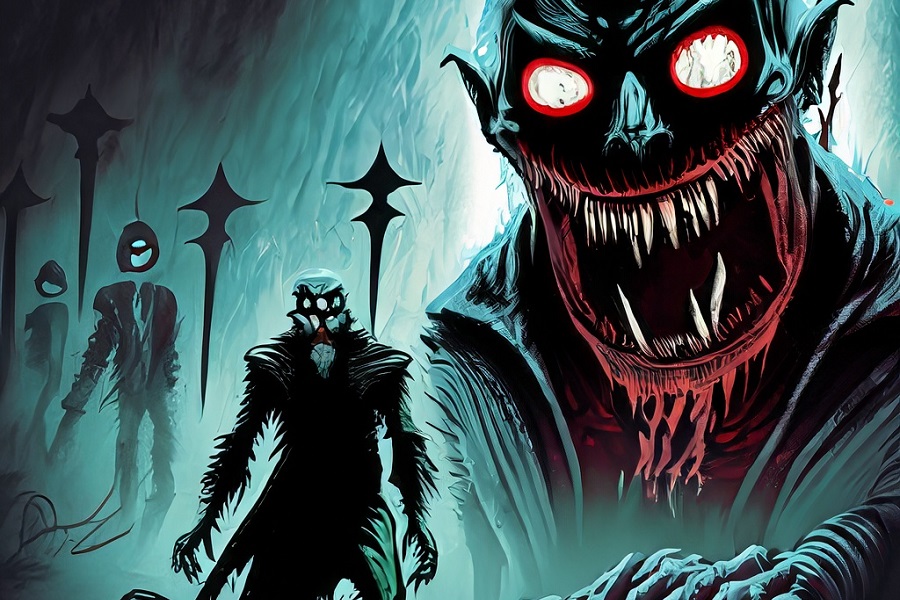
The Art of Fear
Horror, as a genre, has always been a powerful means of tapping into our primal fears and exploring the darker corners of human nature. Within the vast and diverse world of horror, two subgenres have continued to captivate audiences: slasher horror and monster horror. While both elicit fear and adrenaline, they do so through entirely different approaches, drawing upon distinct themes and narrative structures. In this article, we will examine the unique qualities of slasher and monster horror, revealing how they differ in their ability to evoke terror and entertain audiences.
The Anatomy of Slasher Horror
Slasher horror, with its roots in classic films like Psycho and Halloween, is characterized by the presence of a human or human-like antagonist who systematically hunts down and kills their victims. Typically, these stories revolve around an unstoppable killer with a traumatic past, often wearing a mask or disfigurement, who employs a variety of weapons and gruesome tactics to terrorize their prey.
The appeal of slasher horror lies in its exploration of human vulnerability, the fragility of life, and the lurking dangers that exist within our own society. These films often delve into themes of moral transgression, vengeance, and the consequences of past mistakes. Furthermore, the slasher subgenre frequently employs suspenseful pacing and intense chase sequences, capitalizing on our innate fear of being pursued and the unpredictability of the human psyche.
Unveiling the Beast: Monster Horror
Monster horror, on the other hand, shifts focus from human antagonists to supernatural or otherworldly creatures. Be it vampires, werewolves, or creatures from the depths of the ocean, monster horror capitalizes on our fear of the unknown and the uncontrollable forces of nature. These films often blur the lines between reality and myth, emphasizing the powerlessness of humans in the face of ancient and malevolent forces.
The allure of monster horror can be found in its exploration of our primal fears, the boundaries of science, and the consequences of meddling with forces beyond our understanding. As a result, monster horror often delves into themes of isolation, survival, and humanity’s struggle against the seemingly unstoppable forces of nature. In addition, the monstrous creatures depicted in these films serve as a metaphor for our own inner demons, reflecting the darker aspects of human nature and the capacity for evil that resides within us all.
Drawing the Line Between Slasher and Monster Horror
Although both subgenres elicit fear and showcase the darker side of humanity, they are distinct in their approach and underlying themes. Slasher horror focuses on the terror that emerges from the actions of human or human-like killers, exploring the depths of human depravity and our vulnerability in the face of mortal danger. In contrast, monster horror centers on the fear of supernatural or otherworldly creatures, delving into humanity’s powerlessness against the unknown and the potential consequences of playing with forces beyond our control.
The world of horror is a complex and diverse landscape, teeming with various subgenres that cater to the unique fears and fascinations of audiences. While slasher and monster horror may appear similar on the surface, they are fundamentally different in their approach to evoking terror and suspense. By understanding the nuances that set these subgenres apart, we can further appreciate the richness of horror as a genre and the masterful storytelling that continues to captivate our darkest imaginations.
